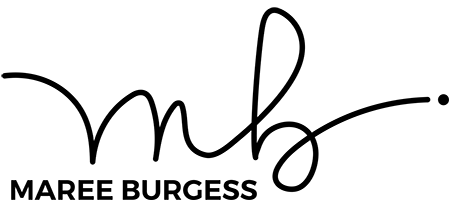
I live in an inner suburb of Melbourne, with plenty of public transport choice to travel to the City. Currently St Kilda Road, one of the main thorough fares into the City is undergoing major road disruption while a new underground rail line is built.
In a 2 kilometre stretch tram travellers are required to change from their tram, to a bus (to bypass the rail works), and change back to a tram. During peak hours there is significant chaos to both traffic and public transport.
I now choose not to travel this route, and will probably avoid it for the next couple of months as least. The chaos disrupts my productivity, as I have to allow more time to travel and risk the chance that I will be very late to meetings.
My model below describes teams ranging from chaotic to calm, and the fact that the more disruption and chaos leads to less engagement and productivity.

At the bottom of the model, the toxic team sucks our energy. There is infighting and productivity is very low and the team has checked-out.If this is just one team within an organisation the damage may be minimal. However, if this behaviour and culture spreads to more teams it becomes insidious behaviour and eventually creates a toxic culture throughout the entire organisation.
The Out of Control team is so frantic being busy, with too much to do, or too much time spent of tasks that are not important that they are feeling stressed, which further limits their ability to get stuff done.
How often have you asked someone ‘how are you’ and they say ‘busy’? It has become the default answer and often said as a badge of honour. This is the Busy team. We have built a belief around the fact that people will respect us or value us more if we are busy. Productivity at this level is better, however the team feels challenged.
The Focused team is on track, efficient, gets their work done well without fuss. Trust exists between most of the team members. The team does what is expected, though little more. They don’t think creatively and are focused on getting on with their work. This team is deemed to be ‘doing their job’.
The Engaged team is collaborative, sharing ideas and support others in the team. There is high levels of trust between most team members and the team is always looking for ways to excel and asking ‘what if’ questions to stretch their thinking further. Productivity is high and team members are invested in the organisation. An engaged team is a fun place to be.
The Co-creating team are coming up with transformative ideas, are innovative and inspiring. Everyone in the team feels valued, and there are high levels of trust between each member. They are focused on building on each other’s capacity and capability to learn together to co-create new ideas.
Being part of a co-creating team is like being an explorer – it’s exciting, we don’t always know where we are going and we don’t always know where we will end up – and the results can often be breathtaking. This is the team we look forward to hanging out with every day, it’s the team we learn from every day and who learn from us and we are energised.
Like the rail works along St Kilda Road creating chaos to traffic and trams, slowing down or preventing easy access to the City, chaotic teams slows down or prevents co-creation and engagement in organisations.
This is an excerpt from my latest white paper. If you would like to read more please contact me for a copy.
Call me on 0419 106343 if you would like me to work with your team and help them move towards a calm culture!
Maree

